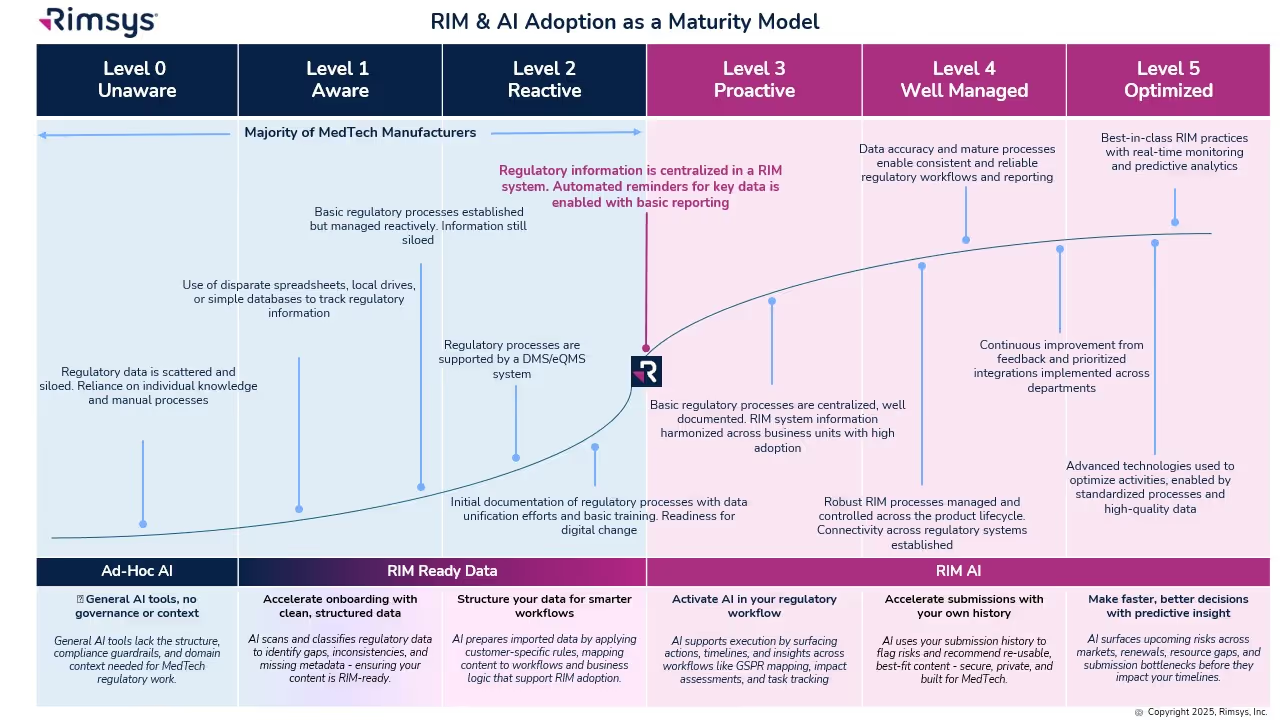ISO 10993: Standards for the biologic evaluation of medical devices

The International Organization for Standardization (ISO) is the largest body in the world publishing standards. In fact, it is a conglomeration of standards bodies from over 160 countries working together to harmonize standards. As such, ISO 10993 is the international standard that is practically used globally for testing and determining the biocompatibility of medical devices. So it’s critical for medical device manufacturers to understand all 23 parts of ISO 10993 for the success of 510(k), pre-market authorization (PMA), and other device submission projects for regulatory authorities worldwide. As an example, the FDA has issued guidance on the Use of International Standard ISO 10993-1.
What is biocompatibility?
According to ISO 10993-1:2018, the current version of part 1 of the standard, biocompatibility is the ability of a medical device or material to perform with an appropriate host response in a specific application. Any device that comes into direct or indirect contact with the skin must be tested for biocompatibility. A medical device that makes indirect contact with the skin is one that encounters a liquid, gas, or another medium, that makes direct contact with the patient or user.
Categorizations for medical devices according to ISO 10993
When testing the biocompatibility of a device, it is broken down into two categories; one based on its type of contact with humans, and the other based on the duration of contact.
The categorizations for types of contact are:
- Non-contacting medical devices: These are medical devices that do not make direct or indirect contact with patients. Examples include in-vitro diagnostics devices, blood collection tubes, and petri dishes.
- Surface-contacting devices: Surface-contacting medical devices are ones that touch the skin, in-tact mucous membranes, and breached or compromised surfaces. Examples of these devices are catheters, contact lenses, and bronchoscopes.
- Externally communicating devices: Externally communicating devices are those that are partially or wholly external and come into contact with bodily fluids. These devices are usually intended to deliver or draw fluids to or from the body and are attached to an external delivery or withdrawal system. Examples include dialyzers and dialysis tubing accessories, transfer and transfusion sets, and arthroscopes.
- Implantable devices: Implantable devices are the riskiest type for medical devices because they are embedded within human tissue. Pacemakers, artificial larynxes, and heart valves are all implantable devices.
The categorizations for times of duration are:
- Limited exposure – Medical devices whose cumulative sum of single, multiple, or repeated duration of contact is up to 24 hours.
- Prolonged exposure – Medical devices whose cumulative sum of single, multiple, or repeated contact time is likely to exceed 24 hours but does not exceed 30 days.
- Long-term exposure – Medical devices whose cumulative sum of single, multiple, or repeated contact time exceeds 30 days.
Determining biocompatibility
Medical devices are most commonly made of metals, plastics, and fabrics, which are composed of chemicals with varying properties. Manufacturers must gather physical and chemical information about the device, which is vital to its biological and material evaluation and characterization.
For devices with components that are made of or utilize novel chemicals or materials, or those known to cause adverse effects, ISO 10993 requires rigorous risk assessment and management according to the standards of ISO 14971. Furthermore, there are prescribed data endpoints that set the foundation for determining the biocompatibility of medical devices and their intended uses and components.
The main things manufacturers must consider when determining the biocompatibility of medical devices and their components are listed below:
- Complete chemical characterization – ISO 10993 requires manufacturers to describe the chemical and material makeup of the medical device and its components, as well as the use of chemicals in the manufacturing of the device. Sometimes, a test of extractable and leachable chemicals is required to determine the safety of the medical device.
- Toxicological assessment – Toxicological assessment serves to determine and mitigate the risk of medical devices when they come into contact with patients and users. There are four pillars of toxicology assessment: hazard identification, hazard characterization, exposure assessment, and risk characterization.
- Biocompatibility testing – Biocompatibility testing is the process of testing the local and systemic effects of a medical device on the tissues it comes into contact with. Oftentimes a favorable toxicological assessment by a qualified individual, based on the facts of the thorough chemical characterization, can rule out the possibility of adverse effects and the need for biocompatibility testing.
ISO 10993 compliance
Biocompatibility assessment is a vital part of risk management according to ISO 14971. Ensuring compliance with risk management and biocompatibility assessment standards requires buy-in from all departments, from marketing and design to quality assurance and regulatory affairs.
It is vital that you begin considering ISO 10993-1:2018 in the early stages of product design. Part 1 of the standard will refer to additional parts, as listed in the following section. Completing your complete chemical characterization and toxicology assessment early in the process will help ensure the biocompatibility of your medical device during the design phase and expedite your device registration and time to market.
Also, it’s important to note that many regulatory authorities around the world have their own variation of ISO 10993. While these varying standards have the same foundation and are similar in many ways, you must understand their nuances if you plan to offer your medical device internationally.
ISO 10993 sections
ISO 10993 is made up of 23 different sections or parts, each of which is maintained and updated separately. Previews of the standard can be viewed on the ISO website, but full versions of the standard need to be purchased.
- ISO 10993-1:2018 – Evaluation and testing within a risk management system
- ISO 10993-2:2022 – Animal welfare requirements
- ISO 10993-3:2014 – Tests for genotoxicity, carcinogenicity, and reproductive toxicity
- ISO 10993-4:2017 – Selection of tests for interactions with blood
- ISO 10993-5:2009 – Tests for in vitro cytotoxicity
- ISO 10993-6:2016 – Tests for local effects after implantation
- ISO 10993-7:2008 – Ethylene oxide sterilization residuals
- ISO 10993-8: - Withdrawn (Selection of reference materials for biologic tests)
- ISO 10993-9:2019 – Framework for identification and quantification of potential degradation products
- ISO 10993-10:2021 – Tests for skin sensitization
- ISO 10993-11:2017 – Tests for systemic toxicity
- ISO 10993-12:2021 – Sample preparation and reference materials
- ISO 10993-13:2010 – Identification and quantification of degradation products from polymeric medical devices
- ISO 10993-14:2001 – Identification and quantification of degradation products from ceramics
- ISO 10993-15:2019 – Identification and quantification of degradation products from metals and alloys
- ISO 10993-16:2017 – Toxicokinetic study design for degradation products and leachables
- ISO 10993-17:2002 – Establishment of allowable limits for leachable substances
- ISO 10993-18:2020 – Chemical characterization of medical device materials within a risk management process
- ISO 10993-19:2020 – Physico-chemical, morphological, and topographical characterization of materials
- ISO 10993-20:2006 – Principles and methods for immunotoxicology testing of medical devices
- ISO 10993-22:2017 – Guidance on nanomaterials
- ISO 10993-23:2021 – Tests for irritation
How can we help?
Many manufacturers endure longer and more costly paths to market than necessary because they do not have systems and tools designed specifically for their regulatory teams. Furthermore, a lack of visibility and collaboration from departments that see regulatory teams traditionally as the “department of saying no” leaves ample room for human error in regulatory, quality management, and even marketing processes and activities. Read more about why we believe regulatory teams need to be considered revenue functions, not cost centers.
The resulting inefficiencies lead to problems such as marketing products with expired certificates, missing certificates, inaccurate and/or incomplete submissions, and even non-compliance with current regulatory requirements. Having a holistic RIM system is central to staying in compliance with standards, regulations, and guidance in the many markets around the world. Rimsys is the only RIM system of its kind built specifically for the medtech industry.
To learn how Rimsys can help your company get its regulatory ducks in a row, click here to schedule a demo.
Similar posts







.avif)


